What is a Suntan
How Sexy is that Tan?
How awesome does that tan look in the summer? It makes us look like we have a healthy glow, hides our skin imperfections, makes us look more toned, etc... We all know that the sun's rays can be damaging to our skin and lead to skin cancer but let's explore what a "great tan" really represents.
Any kind of radiation causes cellular mutation, which means the UV rays from the sun (and especially tanning beds) do the same and lead to DNA damage. What gives our skin color is something called melanin. When the skin experiences damage from UV rays, it summons the melanin cells to act as a shield against further destruction to the deeper layers. This is what is known as a suntan. It's actually your skin's immune response.
What About Vitamin D?
All this considered, we still need vitamin D. One can't get enough of it through food consumption; The two primary means of getting your vitamin D fix are by taking vitamin D supplements and unprotected sun exposure. UVB rays are the ones responsible for helping your body produce vitamin D and those rays (unlike UVA) cannot pass through glass. So don't think you're commute back and forth from work is doing you any favors in the vitamin D department. Also, I hope you're wearing sunscreen during that commute.
The amount of unprotected sun exposure you need varies, depending on the color of your skin, where you live, time of year, what time of the day you're exposing your skin and how much of your body is exposed. It is suggested to expose larger areas of your body (arms and legs). The lighter your skin, the less exposure you need, as pale skin makes vitamin D faster than darker skin. So if you are somewhat fair, it's late summer/early fall, the time is around 1pm, you live about midway up the east coast and you're exposure about 25% of your body, you probably need around and about 20 minutes of unprotected sun exposure to produce the right amount of vitamin D. If you're more pale, the number of minutes is less to produce the same amount. If you're darker skinned, it's slightly more. If you live further south, it will take less time. If it's winter, depending on how far north you live, you may not be able to produce any at all in the winter. There's no exact formula for this but you get the general idea... we don't need much unprotected sun exposure to get a daily dose and I NEVER recommend getting unprotected sun exposure on your face. I also recommend taking a vitamin D supplement, especially in the winter months.
Protecting Your Largest Organ
Your largest organ is your skin. Doesn't it stand to reason that you should protect it? Now that you know that your beautiful tan is an immune response to the damage from UV radiation, let's talk protection. According to a study in the July 2015 Journal of the American Academy of Dermatology, of those surveyed, about 14% of men and about 30% of women in the U.S. reported regular use of sunscreen. Hold up... WHAT????? Wearing sunscreen has been proven to decrease our risk of getting skin cancer. But let's not focus on the past, let's be pro-active for the future health of our skin! Here are some things you should know about sunscreens:
- Look for an SPF of at least 30. Remember those sunscreens you used that smelled like a piña colada with an spa of 2 or 4? What a waste of time that was! Really, an SPF of 15 isn't giving you much protection either if you're going to be outdoors. Go with at least a 30, and higher would be suggested for even better protection.
- Look for the term "Broad Spectrum". A broad spectrum sunscreen protects you against both UVA and UVB rays (remember that after you get your small amount of UVB to make your vitamin D, you are done). The FDA now requires testing to ensure the protection truly is broad spectrum, for those brands making such claims.
- Re-apply! The biggest mistake many people make is to think that once they apply sunscreen, the job is done. Nope, you need to stay on top of it. Many broad spectrum sunscreens need to be re-applied every 90 minutes while outdoors.
- Don't assume it's waterproof. Since the FDA stepped into the picture, you won't see many labels claiming to be "waterproof" anymore. Now labels must say "water-resistant" and tell you how long you can expect protection while swimming or sweating. Once that time is up, re-apply.
- Check your ingredients. Some sunscreen ingredients can be irritating to the skin for sensitive individuals. Typically, sunscreens have aways been divided into two categories: Chemical and Physical. I dislike the term "chemical" because every piece of matter on earth is considered a chemical. But these sunscreens utilize carbon-based compounds to create a chemical reaction. The UV rays are converted to heat and then they are released from the skin. Physical blockers, or mineral based sunscreens, contain titanium dioxide and/or zinc oxide and reflect the rays off the skin. Suffering from rosacea, I personally prefer a mineral based sunscreen, as heat aggravates the rosacea. But also, I like the fact that these physical blockers start working the instant you apply them so there's no waiting time for effective protection.
There is a lot more information out there and I hope you will seek it out for yourself. But most of all, I think it's important to stop glamorizing the suntan and recognize it for what it is. If you still prefer your skin to be darker, consider getting a spray tan, using self tanners or applying body bronzer for special occasions. These are all safer alternatives. Enjoy the sun!


